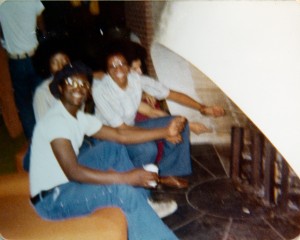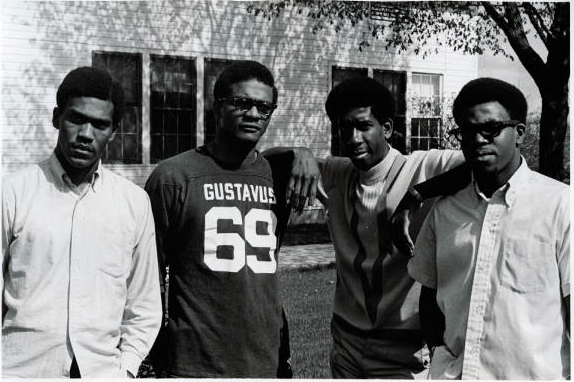A Call For Justice
“There is a possibility we have waited too long to give justice and freedom and equality to the oppressed races of the world.”
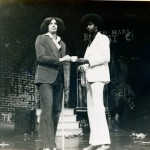
The words of our ninth Gustavus president Edgar Carlson ring true today just as they did in 1957. A strong advocate for civil rights that stemmed from his Christian beliefs, Carlson created what is now known as one of the most crucial steps toward civil rights—the Black Recruitment Program.
The vision Carlson had for Gustavus was to expand its field of influence on the world and fight for civil rights by giving African Americans an equal opportunity to higher education. In a time when integration was practically unheard of, the gravity of this vision cannot go unnoticed. Its continuous acknowledgement is something that will help us move forward, just as we did then.
As every February passes, there is recognition of Black History Month—which entails small events or proceedings to honor the day. But during this February, I invite you to look deeper into the history of the college that you love and are a part of, to discover that you are a part of something bigger. To see not only how the actions of our college in history affected African American students, but also how those students have helped us to become a better college and a better community.
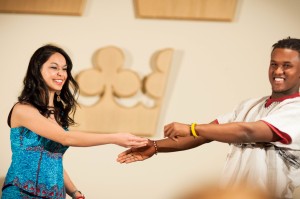
The Black Student Organization
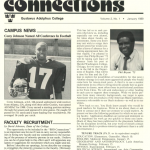
During the 1960s, the beginning of active integration on campus, an organization known as the Black Student Organization (BSO) was formed and ultimately expanded into what is now known as the Pan Afrikan Student Organization (PASO). For African Americans on campus, this organization was a way to band together—by performing shows and musicals, promoting awareness weeks and organizing Black History Month activities on campus.
Bruce Gray ‘61, former Dean of Students and Associate in the Advancement Office, was one of the leaders in the movement to travel the country and recruit African American and non-white students. Working with former Admission Director Owen Sammelson ’58, their efforts concluded in the enrollment of approximately 80 minority students on campus during the ‘60s and ‘70s. Gray is also recognized for establishing the BSO and serving as their advisor, and has since published a book that tells a history of African American Students at Gustavus, titled Black and Bold.
“Over the years, the group stressed the promotion of black culture which student members saw as their moral obligation to perpetuate and make manifest,” Gray wrote.
Although the group was crucial to the efforts of African American inclusion on campus and recruitment overall, there were still difficulties.
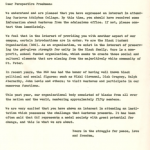
“Back then our question was ‘How do you engage potential African American students on campus when there’s hardly any to begin with on campus?’” Assistant Dean of Students and Director of Diversity and Office of Multicultural Programs Virgil Jones said.
“It was important for blacks to be with other blacks and to bring black voices and culture to Gustavus,” Gray said. “Yet it was also important for the black students to take part in the same program and activities in which other students were participating in.”
The formation of this group and its continued success as an inclusion effort was one of the reasons the College continues to progress.
“Every non-white student that came here during that time and even comes here now has a different unique experience, and it depends on the Gustavus community to make them a part of it. Redefining what it means to be a ‘Gustie’ so that everyone in our community feels good about that label,” Jones said.
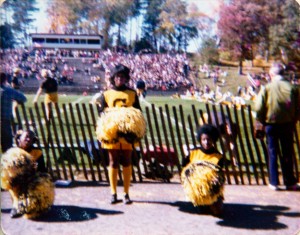
Black and Bold
The College had difficulties recruiting, as expected, but was steadfast in its will to create an equal opportunity for every student who wanted to come to Gustavus, and even sought out applicants. Gray and Sammelson faced the effects of racism
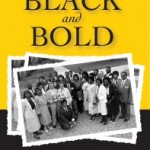
and prejudice in their journeys across the country as they traveled from school to school seeking out perspective students.
Although recruiting students was a challenge for Gray and Sammelson, the greater challenge was faced by the students—those who wanted a chance in higher education, but were halted by the times of mistreatment and discrimination. Those students who wanted to come to a place like Gustavus, but were afraid that they would not be welcomed.
“Their interactions [in the past] consisted of people treating them poorly. They had to be bold to come here. Black and Bold. Nobody was telling them what it would be like, but when they took the chance to see, they stayed,” Gray said, citing a reference to his book.
During a tour of New York City, Sammelson recalled, “I was the only white person around. [The person I was with] noticed my unease and said to me, ‘Now you know how our students feel when they arrive at Gustavus.’”
Moving Forward
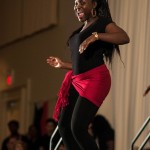
Even seeing the accomplishments this college has made toward racial equality, our work is still not done. Adapting to the changing times means we have to accept that newer generations negotiate the term of diversity differently than older generations used to.
“I would like to see less of an emphasis on this institution trying to think of representation as the only way to deal with issues of diversity. They need to really think about what students of color are bringing to the institution that’s valuable,” English Professor and alumni Philip Bryant ’73 said.
“Are we going to reflect an institution that is going to prepare students for workplaces with
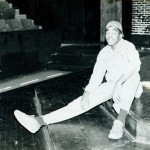
diverse coworkers or even working professionally in other countries where there are other cultures?” Bryant said.
Having an open mind towards change and keeping a warm attitude towards learning and accepting others are starting points towards a better future for this institution.
“We have to ask ourselves, as a Gustavus community, what are we individually and institutionally doing about class and racial segregation?” Jones said.
Continuing to walk in the footsteps of our previous students, faculty and leaders is something that is imperative to take away from this Black History Month.
“Gustavus is at a pivotal point. I think we’ve done a pretty good job with the idea of diversity. The next step is creative, inclusive diversity that is consistent. We have to include people to the point where they feel like they are your family. That’s going to be one of our challenges,” Jones said.
“We are going to eventually live in the world where we are the minority. Life, and education, is about interacting with so many different cultures and learning from each other,” Gray said.
